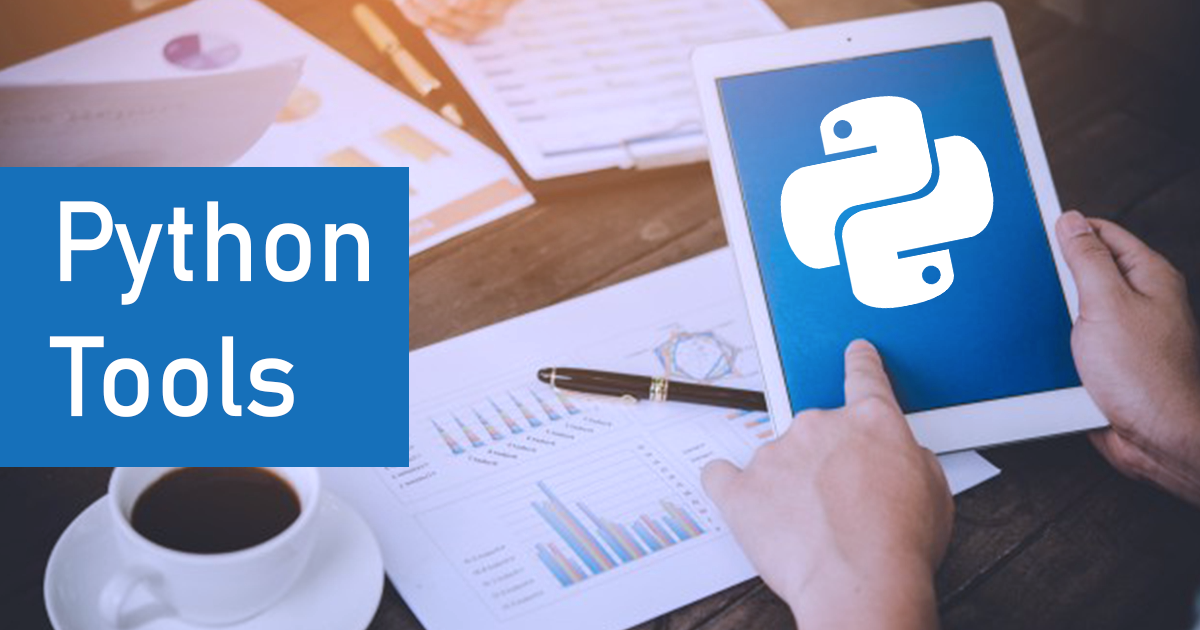Companies produce massive amounts of data every day. If this data is processed correctly, it can help the business to make better decisions fastidiously. Anomaly detection is a method of identifying outliers in the data.
Identifying these outliers at the initial stage allows you to solve them before becoming taxing and time-consuming problems.
You can gain an edge over your competitors in the market by using anomaly detection. This Anomaly detection overview will shed light on the types, benefits.
What Are Anomalies?
An anomaly is something abnormal. There are huge datasets concerned in most of the data mining projects.
The data that would go in the final processing stage needs to be refined. There should be no erroneous data, no repetition, and no abnormalities. If any of these exist in the given state, it is said to be anomalous.
The abnormality which exists is called an anomaly.
Different types of anomalies in Anomaly Detection
1) Update Anomalies
This anomaly happens when the person in charge of keeping all the records current and accurate is asked to change an employee’s title after they get promoted.
If the info is stored in the same table redundantly, then there’ll be multiple titles related to the worker. The end-user who uses the table to gather information has no way of knowing which employee’s the correct title. This anomaly creates confusion, but it can be petered out rather easily.
2) Insertion Anomalies
These anomalies happen when you cannot insert vital data into the database because other required data hasn’t been collected yet.
For example, if a system is designed to require that a customer is on file before a sale can be made to that customer, but you cannot add a customer until they need to buy something, then you’ve got an insert anomaly.
This situation is a sticky one because a company might want to gather information about their prospective customers, but that’s impossible until they make a purchase. This anomaly makes it hard for a company to target its buyers.
3) Deletion Anomalies
These anomalies happened when the deletion of unwanted information causes the desired information to be deleted. For example, if a company maintains only one database record that contains information on some particular products.
This information is present in a table alongside the information regarding the salespeople of that company. Let’s say that one of these salespersons decides to quit their job. Deleting this salesperson’s information will result in the deletion of the information about those products as well.
Categories of Anomalies
Anomalies can be classified into three different types. These types are defined by the boundaries of their causes and effects. Here is a list of these three types.
1) Point Anomalies
Here, the anomaly exists only at a single point. Also, its identification can be made quite easily based on the data items around it. The remaining data items are so distinct from the concerned one that the anomaly existing at a single point can be caught right at that point without much hassle.
2) Contextual Anomalies
In this type, one cannot judge if the data item is weird or not unless the overall dataset’s context is understood. The pattern of the data may look fine individually, but the overall pattern will seem disturbed. That is when one will realize that the data is abnormal.
3) Collective Anomalies
Sometimes, it is not possible or very difficult to catch an anomaly from one single instance of the dataset. But, some collective instances can help you resolve this issue. All you need to do is keep an eye on the occurrence of the instance you find strange. If there are multiple such instances, one you infer that anomaly exists.
Types of Anomaly Detection Methods
Anomaly detection is one of the most important steps in any data mining project.
A dataset that is free from anomalies can guarantee correct outputs. There is no need to emphasize more on the need for and importance of anomaly detection. It can be rightly said that anomaly detection is one of the stepping stones to a successful data mining project.
There are two basic types of anomaly detection techniques. Given below are descriptions of these techniques.
1) Statistical Methods
There are many statistical parameters like mean, mode, and median, which are very important while establishing a dataset’s regularity. The statistical method of finding out the anomalies is the traditional approach. There is an expected range for the statistical parameters.
If some parameter value exceeds the range dramatically, you can conclude that there is an anomaly. To find the exact point of an anomaly, you can reduce the size of the dataset under consideration.
2) Machine Learning Approach
The traditional method is workable and effective. However, its efficiency can be a point of concern where the dataset’s size is huge or when there are too many anomalies in the dataset.
In such a case, you can resort to the approach based on machine learning techniques. The first technique is clustering-based anomaly detection. Also, there are two other techniques called density-based anomaly detection and support vector machine-based anomaly detection.
Anomaly Detection Techniques
Most anomaly detection techniques use labels to determine whether the instance is normal or abnormal as a final decision. Getting labeled data that is accurate and representative of all types of behaviors is quite difficult and expensive.
Anomaly detection techniques can be divided into three-mode bases on the supply to the labels:
1) Supervised Anomaly Detection
This anomaly detection technique assumes that the training data set with accurate and representative labels for normal instances, and the anomaly is available. In such cases, the usual approach is to develop a predictive model for normal and abnormal classes. Any test data instance is computed during this model and determined which classes it belongs to.
However, these technologies have some similar challenges:
A much smaller number of anomaly sentences are available due to the “normal” examples containing a new set of outliers. This issue is termed as the Positive-Unlabeled Classification problem.
Since the anomaly is decided through multiple attributes, such a situation is quite common in scenarios such as fraud detection.
2) Semi-Supervised Anomaly Detection
This technique assumes that the train data has labeled instances for just the normal class.
Since they are doing not invite labels for the anomaly, they’re widely applicable to supervised techniques. For example, it uses a semi-supervised algorithm for an outlier in an online social network.
3) Unsupervised Anomaly Detection
These techniques do not need training data set and thus are most widely used.
Unsupervised anomaly detection methods can “pretend” that the whole data set contains the traditional class and develops a traditional data model and regard deviations from the then normal model as an anomaly.
Many Semi-supervised techniques can operate in an unsupervised mode by operating a sample of the unlabeled data set as training data. Such adaptation obeys the idea that the test data contains a touch number of anomalies and therefore, the model learned during training is strong to those few anomalies.
Where is Anomaly Detection used?
Anomaly detection saves both time and effort for a different organization. Anomaly detection can be used in many different fields. Let’s go through some of the situations where anomaly detection can be used to improve the workflow of an organization:
1) Intrusion Detection Systems
In many computer systems, different types of data are collected about the operating system files, incoming network traffic, or other actions. This data may display malicious activity or policy violations. The recognition of such activity is referred to as intrusion detection.
2) Fraud Detection
Fraud detection is a wide-ranging term for theft and fraud committed using or involving a payment card as a fraudulent source of funds in a transaction. In many cases, unauthorized use of a credit card could display different patterns. Such patterns can be used to detect outliers in credit-card transaction data.
3) Interesting Sensor Events
Sensors are normally used to monitor different environmental and location parameters in many real-world applications. Event detection is one of the primary motivating applications in the field of sensor networks. Sudden changes, regarded as an anomaly, in the underlying patterns, could show important events.
4) Medical Monitoring
Many medical applications collect data from various devices. Unusual data in the collection may display disease conditions.
5) Eco-system Disturbances Detecting
Many spatiotemporal data about weather changes, climate patterns, or land-cover patterns are collected to support valuable vision about human-environmental trends or human activities that may be of interest.
To Conclude
Through this article, we came to understand the concept of anomaly detection. We further dissected this topic to discover the different types of anomalies.
Through this overview, we learned to what purpose anomaly detection is used and organizations. We also learned how anomaly detection could be beneficial to an organization.
This anomaly detection overview shows why a company should inculcate this process into its processes. Enrolling in a Data Science Course will help you learn and master Anomaly Detection.



















Great Post! This is very helpful and informative article. Thanks for Sharing such a great post. Keep Posting!!